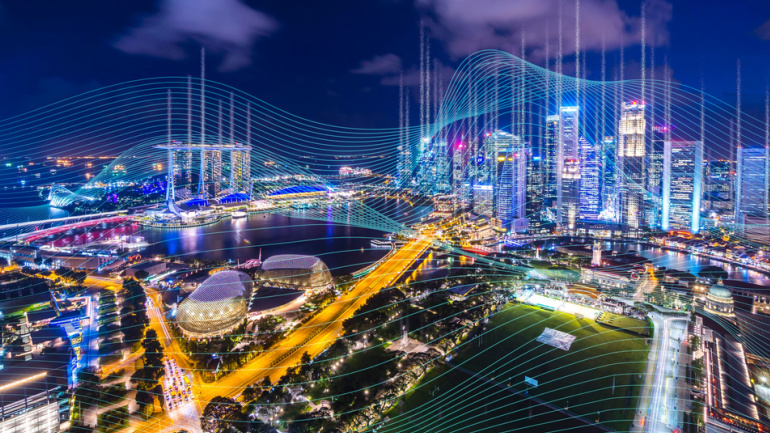
Ericsson, a world-renowned kit vendor, recently achieved a significant 5G milestone by reaching a record-breaking 5.7Gbps download speed. Their revolutionary feat was realized using a combination of three Frequency Division Duplex (FDD) bands paired with a triple set of Time Division Duplex (TDD) bands in a sub-6GHz range. Ericsson’s RAN Compute hardware, carrier aggregation software and Advanced RAN Coordination functionality also played vital parts in this achievement.
The innovative pairing of FDD and TDD spectrums paves the way for more users to enjoy the benefits of carrier aggregation gains, boosting 5G performance. An impressive total bandwidth of 400MHz was pooled, with FDD frequencies ranging between 20MHz to 50MHz, jointly accounting for the substantial 5.7Gbps throughput.
But why this interest in six-component carrier capability? It empowers operators to optimize their spectrum assets and network usage. This enhancement translates to higher data speeds and capacity, enhancing services for applications with heavy downlink demand. The result will be improved video and audio quality for streaming users, faster file downloads and a superior digital working environment, suggests the official press release from Ericsson. In simpler terms, a superior 5G experience.
Sibel Tombaz, Head of Product Line 5G RAN at Ericsson Networks, noted, “We are keeping the momentum on carrier aggregation by continuously stretching its potential to boost capacity and speed.” She further added, “Carrier Aggregation is crucial to getting the best possible 5G performance out of scattered spectrum assets. And with 6CC, service providers will be able to maximize use of allocated spectrum and optimize the combined bandwidth for superior mobile experience.”
Telecommunications industry competitors are also venturing into similar advancements, attempting to harness the potential of carrier aggregation. Last week, Nokia partnered with TPG and Mediatek to trial 360-degree live broadcasts within the metaverse via carrier aggregation. Furthermore, T-Mobile in the US has successfully implemented four-carrier aggregation on its 5G standalone (SA) network in July, enhancing performance considerably.
Ericsson’s recent accomplishment is another feather in its cap, highlighting the company’s unwavering commitment to pushing the boundaries of what’s possible with 5G technology. Even though it may be challenging to keep up with the pace of breakthroughs in carrier aggregation technology, each successful trial undoubtedly brings us a step closer to a future dominated by ultra-high-speed, high-quality connectivity.




